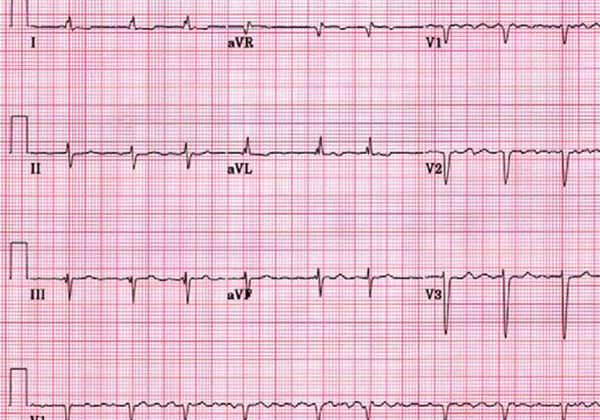High levels of depression among patients with type 2 diabetes

 New research presented at this year’s European Association for the Study of Diabetes (EASD) meeting in Munich, Germany (12-16 Sept) shows high rates of depressive disorder (10%) in patients with type 2 diabetes, with wide variations between countries. This analysis of the INTERPRET-DD study is by Professor Catherine Lloyd, The Open University, Milton Keynes, UK, and colleagues.
New research presented at this year’s European Association for the Study of Diabetes (EASD) meeting in Munich, Germany (12-16 Sept) shows high rates of depressive disorder (10%) in patients with type 2 diabetes, with wide variations between countries. This analysis of the INTERPRET-DD study is by Professor Catherine Lloyd, The Open University, Milton Keynes, UK, and colleagues.
To date, little is known about the relationship between mental disorders and clinical factors in people with type 2 diabetes in countries other than the USA or UK. The International Prevalence and Treatment Study (INTERPRET-DD) is following 3,000 patients in 15 other countries across the globe (Argentina, Bangladesh, China, Germany, India, Italy, Kenya, Mexico, Pakistan, Poland, Russia, Serbia, Thailand, Uganda, Ukraine).
About 200 patients with type 2 diabetes were recruited in each country. Data (e.g. HbA1c, presence of complications) from medical records were collected and each participant completed the Patient Health Questionnaire (PHQ-9), the Problem Areas in Diabetes (PAID) and the WHO Well-being (WHO-5) scales. Demographic information was collected and patients underwent a psychiatric interview.
Nearly half (45%) the participants were male, with mean duration of diabetes of 9 years and mean age 54 years. Overall, 10.3% received a diagnosis of Major Depressive Disorder (MDD) with comparable rates of past MDD (10.3%) and lower rates of recurrent MDD (5.1%). Diagnosis rates differed widely between countries, with Uganda, Kenya and India having the lowest proportion diagnosed at interview (1.0, 2.7 and 2.0 % respectively) and Bangladesh having the highest proportion (29.9%).
The full rates country by country were: Argentina 11.8%; Bangladesh 29.9%; China 10.8%; Germany 4.3%; India 2.0%; Italy 3.9%; Kenya 2.7%; Mexico 18.2%; Pakistan 11.6%; Poland 14.7%; Russia 17.0%; Serbia 9.5%; Thailand 6.2%; Uganda 1.0%; Ukraine 6.1%. To put these rates into context, in the USA rates of MDD vary between 11% and 35%, and in the UK between 5% and 18% (in both cases, nearly all figures are based on self-report of symptoms using checklists rather than a clinical diagnosis).
Nearly half (43%) of those in the INTERPRET-DD study with a current MDD diagnosis also reported a past episode, and about one-third (32%) reported recurrent episodes. Only between 0 and 29% (depending on country) of those with MDD at interview had a diagnosis documented in their diabetes medical records.
Further analyses showed that those with MDD were more likely (91.5 % vs 84.7%) to be living in an urban rather than rural location and were more likely to be female (74% of women had MDD diagnosis vs 26% of men). Age and duration did not significantly differ between those with and without MDD. As predicted, those with MDD were significantly more likely to have high levels of depressive symptoms as measured by the PHQ-9 scores. PAID scores were significantly correlated with depressive symptoms, both overall and within each country. PAID scores were also significantly correlated with lower well-being (WHO-5) scores, older age, longer duration, higher HbA1c and history of diabetes complications.
Overall, a more sophisticated analysis of the data demonstrated that being female, having a lower level of education, no regular income and urban living were all independently associated with MDD, along with angina, higher PAID score, family history of depression and prior history of MDD.
The authors conclude: “Our study—the first international study of clinically diagnosed diabetes and depression involving 15 countries—has found high rates of MDD and even higher rates of depressive symptoms with concomitant diabetes-related distress and overall poor well-being. Low levels of documentation of depression may lead to a lack of care for depression and poorer clinical outcomes.”
For the full Diabetic Medicine paper, see: https://owncloud.wellbehavedsoftware.com/index.php/s/etnHyZPDQYTvLj4




